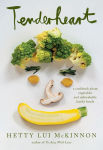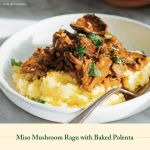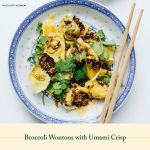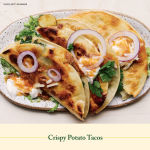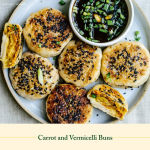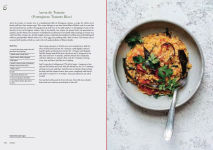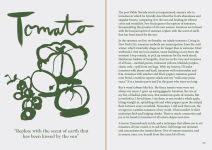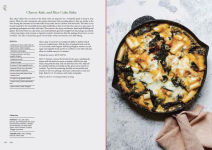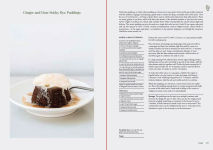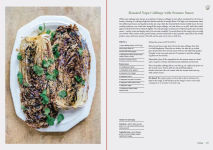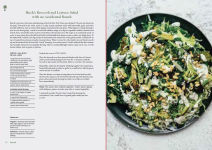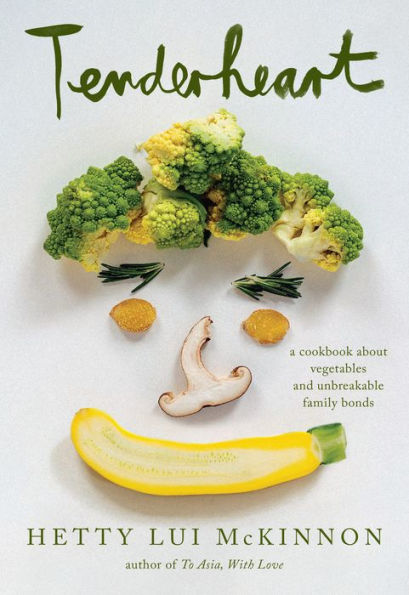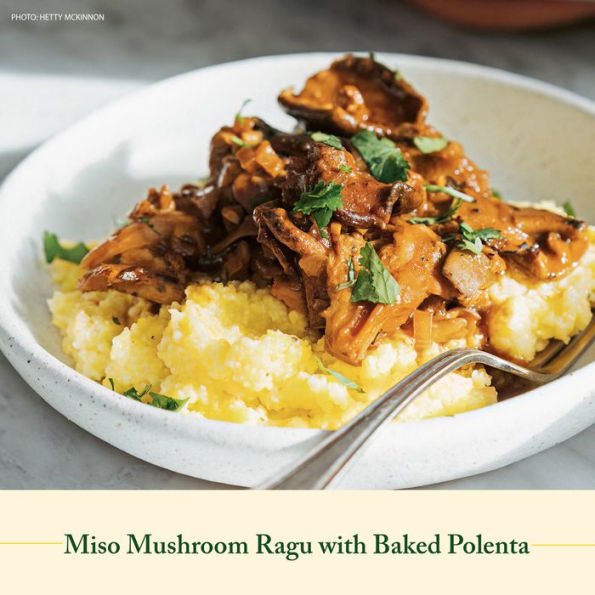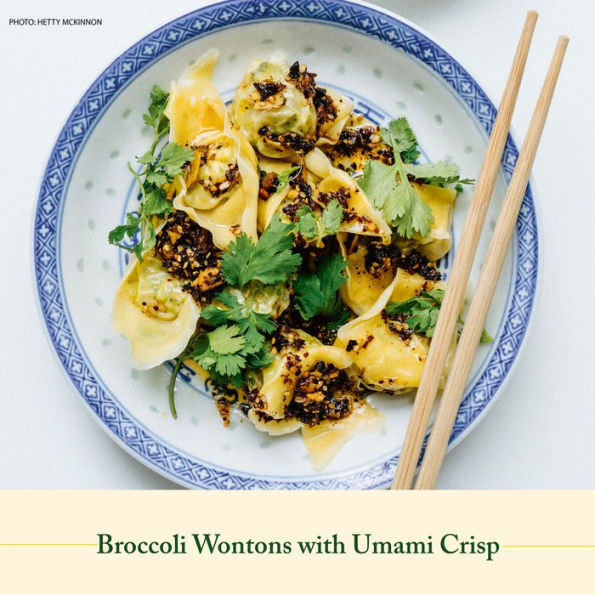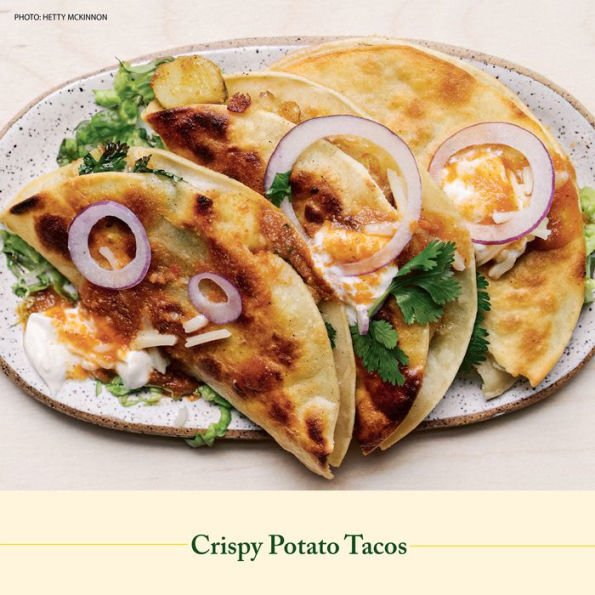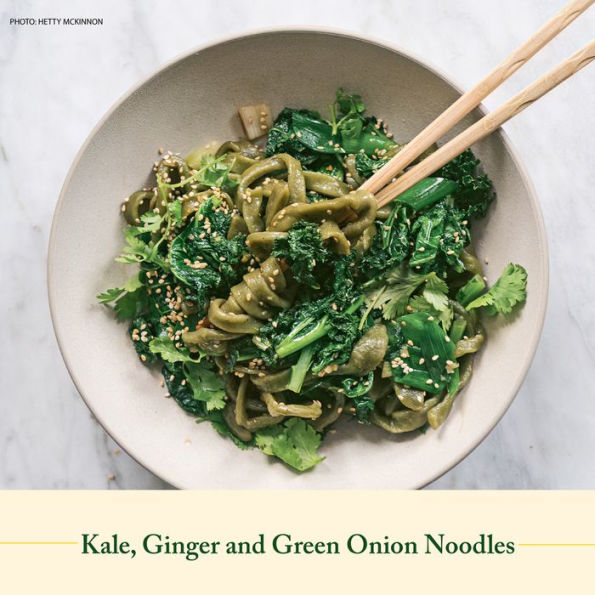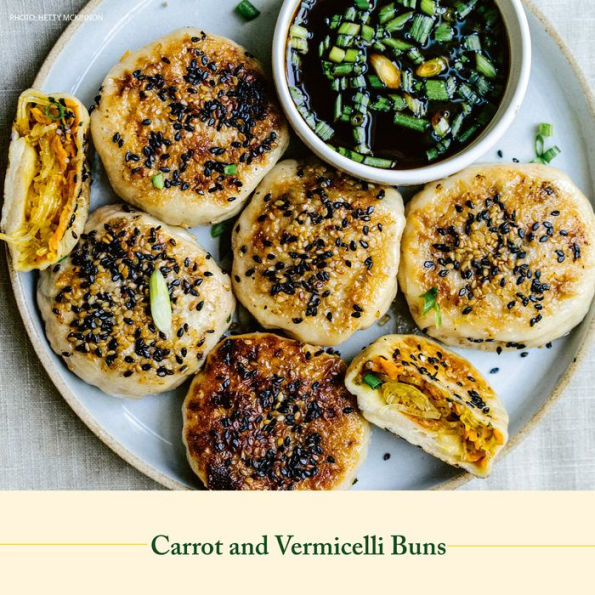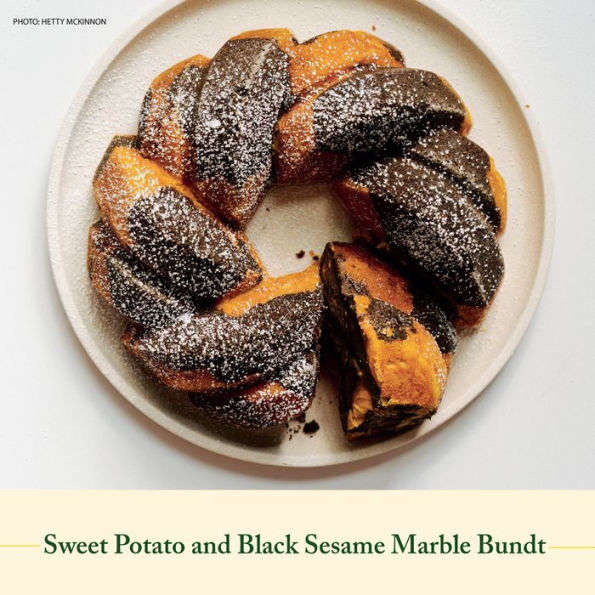Read an Excerpt
Chapter 1
A Book About Vegetables . . . and So Much More
This book is about vegetables but, for me, there can be no story about the significance of vegetables in my life without telling you about my father, and the enduring legacy of the fresh, tender world he created for his family.
I only knew my father for a short time. He slipped away quietly on a Sunday afternoon on the last day of 1989. As the world outside prepared to celebrate the dawn of a new decade, our world fell apart. I was 15 and my life would never be the same again.
My father’s name was Wai Keung Lui, but in Australia he was known as Ken. Born in Guangdong, China, he came to Sydney, Australia, as a teenager during the mid-1950s to study business. He learned to speak his special version of English, heavy-accented, with many endearing language quirks. As a young man, he lived in Sydney’s Chinatown, above a grocery store. The inner city of Sydney is now home to sought-after, urbane neighborhoods, but back then it was where postwar immigrants landed, crammed into tiny terrace houses or apartments. He eventually joined the urban sprawl, moving to a house in the southwestern suburbs of Sydney, next door to my Goo Ma (Aunt Betty) and Goo Jeung (Uncle Benny). My Yee Goo Ma (my dad’s second eldest sister) and my Paw (his mother) lived on the same street, in the house “on the corner.” In 1967, he married my mother, and it was in this house that my siblings and I grew up, where my father would see out his unexpectedly short life.
My memories of my father are suspended in time, a disrupted dream without an ending. Every memory I have of him is through the lens of a child. He was tenderhearted—generous, caring, affectionate, kind and playful. Solidly built with a booming voice, he looked and behaved as the model immigrant—polite, well dressed, respectful and gregarious. His charcoal hair was neat, perfectly slicked with Brylcreem; he wore button-down shirts and meticulously ironed slacks to work, saving his three-piece suits for our weekend visits to Chinatown. He took photos constantly, filling album after album with images of family celebrations and outings, turning the laundry into a makeshift darkroom. On our first family holiday to China in the early 1980s, he traveled with a camera bag the size of a suitcase. Through my child-eyes, he embodied strength; he routinely carried boxes of vegetables and sacks of rice on his shoulders. For years after his death, I dreamed of this image on repeat, my dad entering the house like a hologram, a sack of rice stacked upon his broad shoulders.
My dad woke at 3 a.m. every morning. In darkness, he dressed swiftly and met my Uncle Benny outside, traveling together to work at Flemington Markets (now known as Sydney Markets), the largest wholesale fruit and vegetable market in Australia. During the week, my dad worked for my Uncle Benny, who oversaw a banana wholesale business. On the weekends, he worked part time as a waiter at a Chinese restaurant.
In many ways, his job at the markets defined him. He became known as a supplier of fresh produce not only at work, but among our family and friends. Every day, he came home from work with trays and boxes of vegetables and fruits, ready for our family meals, but always enough to share with others. Crates of mangoes for our elderly neighbor Earl who lived two doors away, oranges and apples for our family doctor, boxes of cherries as gifts at Christmastime, peaches, plums and apricots for aunts, uncles, cousins and friends. There were bananas, too, in excessive quantities. My older sister Letty recalls that, as a small child, she walked around the neighborhood distributing fruit baskets to the neighbors.
For my mum, he brought home gai choy (Chinese mustard greens) for pickling, fresh gai lan, ong choy, choy sum and bok choy for nightly stir-fries and juicy iceberg lettuce for braising. Mammoth, plump heads of cauliflower and broccoli, hefty daikon, tender cabbage and shiny eggplant sat in deep cardboard boxes left around the kitchen, dining room and laundry. As a child, I didn’t see living among cartons of fresh produce as anything but normal. We snacked on fruit all day, often making ourselves sick on it (there was a notorious cherry overconsumption incident, which my mother still laughs about today). One summer’s day, I ate an entire basket of apricots in one sitting; they were the best apricots I’d ever tasted—plump, sweet, floral and tenderly firm—spoiling apricots for me forever. I am still constantly searching for the apricots of my youth.
My father had an indulgent side. On Fridays he brought home live mud crabs from the market, their shells trussed in pink string. He left them in a large bucket in the kitchen, their death row. I would prod at them, childishly taunting them in their final hours of life; they responded with snapping claws and flailing legs. At the deft hands of my mother, they would soon lose their lives, wok-tossed with ginger and shallots, a succulent, irresistible dish.
My father’s job meant he kept strange hours, which filtered into our daily lives. Due to his early start at work, he was always home when we arrived back from school. “After-school snack” was an official meal in our house because this was my dad’s time to shine—he relished the opportunity to purchase or prepare more “Western” foods for us. From our local bakery he would pick up meat pies, sausage rolls, finger buns, custard tarts or apple turnovers. But my siblings and I agree that our favorite afternoon snack was his salad roll, which he filled with iceberg lettuce so finely shredded with a cleaver that we wondered if he was hiding some secret ninja kitchen skills. My dad was the type of person who, if we told him we liked a particular food, would inundate us with it; once my sister told him she liked orange juice, and for weeks he bought her an entire bottle of orange juice every single day. It was my dad I turned to when I wanted to try cheese; he brought home packs of Kraft singles, which were like gold to me, and later introduced me to blocks of cheddar. My dad possessed a child-like wonderment about life in the West and a palpable excitement about the world, which I sensed was too often suppressed by his predestined duty as an earnest Chinese man, bound by tradition and responsibility.
My father went to bed at an early hour, so we rushed through evening activities. We ate dinner while the sun was still up. At around 5 p.m., we would hear my mother bellowing through the rumble of the kitchen exhaust fan—“hong toi” (set the table), “sik faan” (the Cantonese term for dinnertime, which translates to “eat rice”). Dinner in our house was a noisy affair. My father liked the hectic sounds of the television while we ate, so, to the soundtrack of the nightly news, we devoured our dinner swiftly and neatly. My parents didn’t allow a messy table and every grain of rice needed to be accounted for. At the end of every meal, like clockwork, my father remained at the table, peeling himself an orange. On occasion, I would stand beside him, hoping to snare a segment or two.
Losing a parent or carer (or any loved one) as a child, or before we fully understand who we are or who we will become, changes us in a profound, uncomfortable way. The reverberations of loss echo throughout our lives, in ways that we don’t expect. It’s a crack that keeps opening, a knife that keeps twisting. It is a dull ache that lingers in our soul. I have carried this memory of my father as the generous “fruit and vegetable guy” close to my heart my entire adult life. It is a memory that fills me with pride. When I stopped eating meat as a teenager, I felt comforted by this choice, a quiet contentment in centering the vegetables and fruits that sustained me as a child. When I started my food journey at Arthur Street Kitchen, vegetables naturally served as my main source of inspiration, sparking a deep and enduring passion for creating big-flavored, vegetable-centric food for my community. Every day, vegetables and fruits are a tangible force, shaping the way I think about food, how I cook for my family, the recipes I share with the world and, indeed, the recipes in this book. Today, my endless love for vegetables is one of the ways I honor my dad’s legacy, by cooking them every day, with detail and care.
Loss, Life and a Legacy That Lingers
I have often felt estranged from the person I was before my father died. So much of my “living,” my big moments, happened in the years following—graduating from university, getting married, having children, my career in food, moving around the world. Memory is fragile. It is not easy to hang on to the voice, the touch, the laughter and the mannerisms of someone no longer with us. But living away from home, geographically distant from my mother and my siblings, has taught me that our past, our legacy, is not always something we can hold on to physically, but it already lingers deep within us.
Food has always been emotional for me. It is tied to my identity, my heritage, my family and my community. It represents the experiences of the generations before me, and it is a legacy for my children. In food, I find my home, and in this vegetable life I have found a way to stay connected to my dad.
Through my parents, we saw the many sides of food. Where my mum held on tightly to tradition, my dad offered us gateways to the West. My dad was a foodie before the term existed, often introducing us to new ingredients and foods that were not common in a Chinese immigrant household. In my early teenage years, he began taking the family to “fancy” restaurants. On weekends, we got dressed up and dined at The Summit and Sydney’s Centerpoint Tower, both “expensive” revolving restaurants serving Western buffets high in the sky, offering 360-degree views of the city. We visited hotel restaurants, mostly gorging on seafood buffets. To our family, buffets, with their limitless servings and copious amounts of raw salad greens, seafood, roasted meats and dainty pastel desserts, were an indulgence, the antithesis of the food we ate at home. I remember my siblings and I wondering about this sudden burst of “eating out” instigated by my father. We may have joked that it felt like our last supper; we didn’t know that it was almost his. When we were young, my parents put a lot of trust in “tomorrow” or “another day”—it was their typical answer to big questions like When are we going to go on a family vacation? When are we getting a new car? When can I have a genuine Cabbage Patch Kid? Looking back, I assume these indulgent lunches were a sign that my father had stopped living for tomorrow.
My father’s work ethic, his generosity, his openness and his kindness, are attributes that inform the way I navigate the world as a mother, as a writer, as a cook, as a human. His influence is not as overt or as present as my mother’s, but it is still there, a flame that flickers with constancy and devotion. And nowhere do I feel his presence more than when I fill my kitchen and dining table with fresh vegetables and fruit.
Everyday Heroes
This is a book about my favorite vegetables, though some of them are technically fruit. But for the purposes of this book, I will be treating them and referring to them as vegetables.
Vegetables are foundational to my everyday cooking and at the very heart of every dish I create. Preparing them daily, with respect and care, is a ritual that I observed in my parents’ kitchen growing up and is now crucial to my days, too. At the end of the day, no matter how tired I am, the act of washing, peeling, chopping and preparing vegetables for dinner helps me stay grounded, a way to bring order to my day.
My approach to vegetables is unapologetic. I’ve long believed that almost any dish—even dishes that are meaty in origin—can be created with vegetables at the helm. Vegetables are inherently more flexible and adaptable than people think, and the more you cook with them, the more you experiment and explore, the more multifaceted they become. Having grown up around big-flavored vegetable meals, and as a vegetarian for almost three decades, I have always seen plants as the most exciting couriers of flavor. Often, vegetables are treated with excessive delicacy, or simply overlooked on the plate. But vegetables are robust, they are hardy, and they are ready to be challenged.
While vegetables have been central to my cooking for many years, my relationship with them continues to evolve. Our year plus–long quarantine in New York changed my appreciation of vegetables and made me think about them in a different way. I reveled in experimenting with them, scheming on all the ways I could fashion several diverse meals from just one cabbage or a single butternut squash. With access to food, and particularly fresh vegetables, uncertain, I would stock up on carrots, potatoes, broccoli, cauliflower, squash and the like, always seeing how far I could push them. Frozen vegetables, such as peas and corn, became indispensable—they could be used to make curries, stews, pasta and salads. Choosing vegetables that were easily accessible and versatile became my lockdown priority. I found myself seeking solace in the everyday vegetables I grew up eating and cooking them in ways that I normally may not have considered. To me, these vegetables were my everyday heroes.
When I set out to choose the vegetables I would include in this book, it wasn’t hard. In short, these are my favorites, the hardworking, dependable vegetables that I turn to most in my daily cooking. They were also chosen for their accessibility, versatility, adaptability and practicality—with our busy lives, these qualities are always paramount to me. I’ve also included a few of the lesser-known vegetables that I grew up eating; vegetables like taro, daikon or seaweed may not be household names to some but, in many parts of the world and in homes like mine, they are staples. I felt it important to share my love of these vegetables, too, and perhaps inspire more people to cook creatively with them.
Many will be surprised by the vegetables that don’t get their own chapter—for example, there is no onion or garlic chapter, yet they feature in almost every savory recipe. This is because I rarely conceive a recipe based upon these two ingredients; it is automatic that they will be used. There are also many “notable” everyday vegetables that I have not afforded their own chapter—corn, asparagus, leek, cucumber, avocado, bell peppers, etc.—but they do appear in recipes throughout this book.



